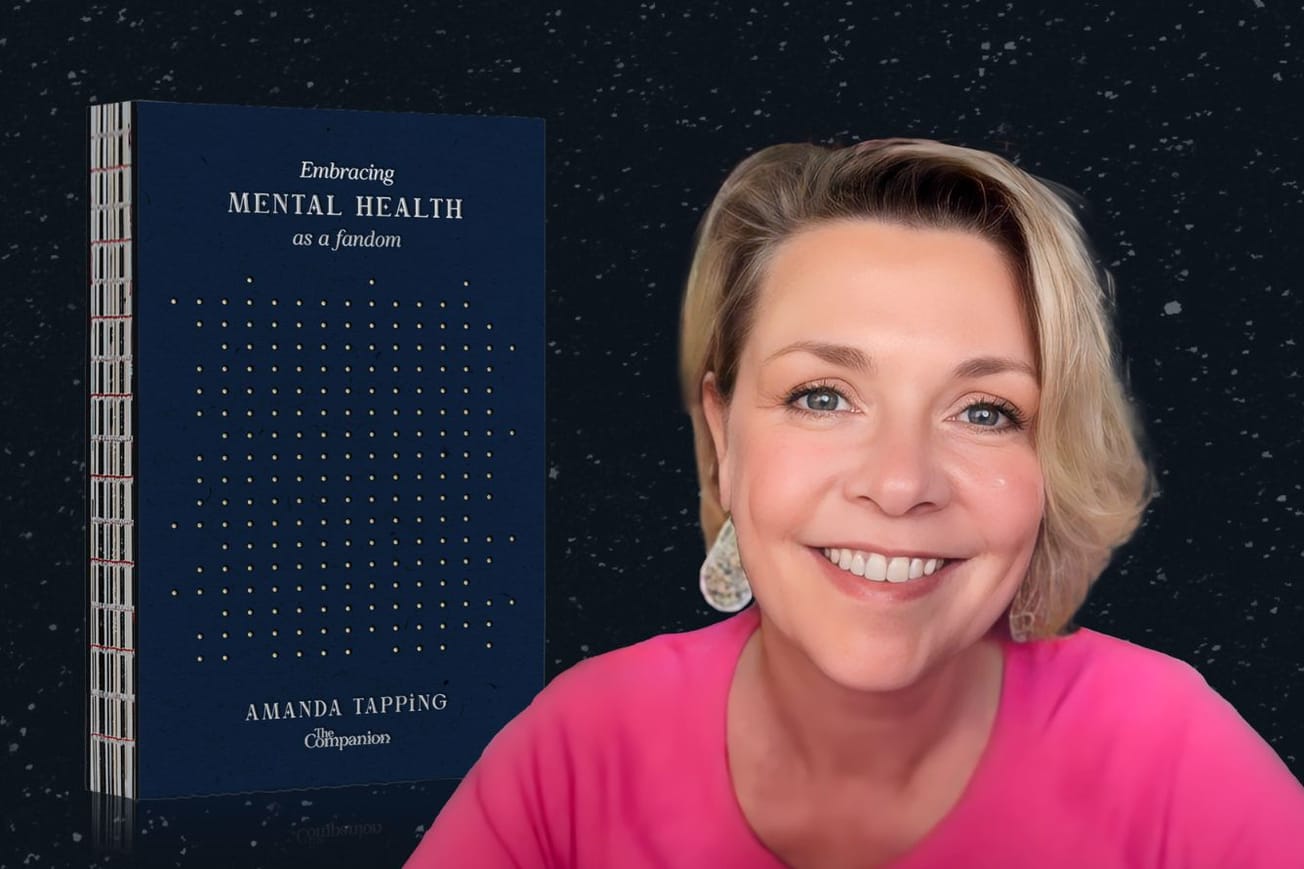Going into its fifth and final season on Showtime, Stargate SG-1 was firing on all cylinders. The clever mind games of ‘The Fifth Man’ (S5, Ep4) and the cinematic ‘Red Sky’ (S5, Ep5) were immediately followed by one of the show's most atypical and endearing installments, ‘Rite of Passage’ (S5, Ep6).
SG-1 is only briefly off-world, most of the episode is spent in the infirmary and the primary focus is on the unconventional family life of Dr. Janet Fraiser (Teryl Rothery) and her “alien” adopted daughter Cassandra (Colleen Rennison). We also obtain invaluable glimpses of the private life of Major Samantha Carter (Amanda Tapping), who gets at least briefly liberated from her laboratory.
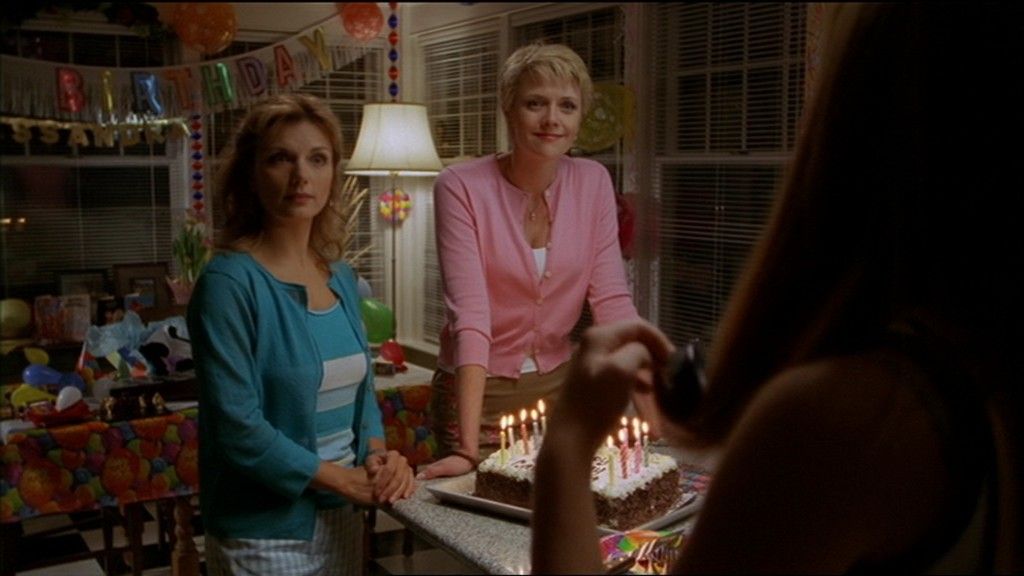
‘Rite of Passage’ sprang from the fertile brain of Stargate SG-1 Season 3 story editor Heather E. Ash, previously responsible for the delightful ‘Foothold’ (S3, Ep14), in which Jack O’Neill (Richard Dean Anderson) confronted an Evil Janet, and Carter saved the men—and women—of the SGC from an alien invasion. “Your mind is a very strange place,” Don S. Davis told Ash during the filming of ‘Foothold’ and we’re all the beneficiaries of it.
Adolescent Angst in ‘Rite of Passage’
Opening on a closeup of Janet and Sam’s hands, director Peter DeLuise pulls back to reveal the Fraiser dining room, decorated for Cassandra’s 15th birthday. Like the growing-pains teen that she is, Cassandra is having none of it. She’d rather go out with her boyfriend Dominic (Richard de Klerk).
Cassandra: Dominic’s waiting.
Janet Frasier: Fine. Invite him in. I'm sure he'd love a piece of the birthday cake that Sam went to all the trouble to bake...
Samantha Carter: ...buy...
Janet Frasier: ...bring.
He dazzles her with a prismatic crystal—a brilliant bit of misdirection, as crystals rarely portend well on Stargate and what we assume to be a plot anvil will prove to be a McGuffin instead. They kiss. Whereupon all hell breaks loose, with porch lights shorting out in a shower of sparks. Seizing Dominic by the arm, Sam is aghast: “What happened? You KISSED her?” A parent’s worst nightmare!
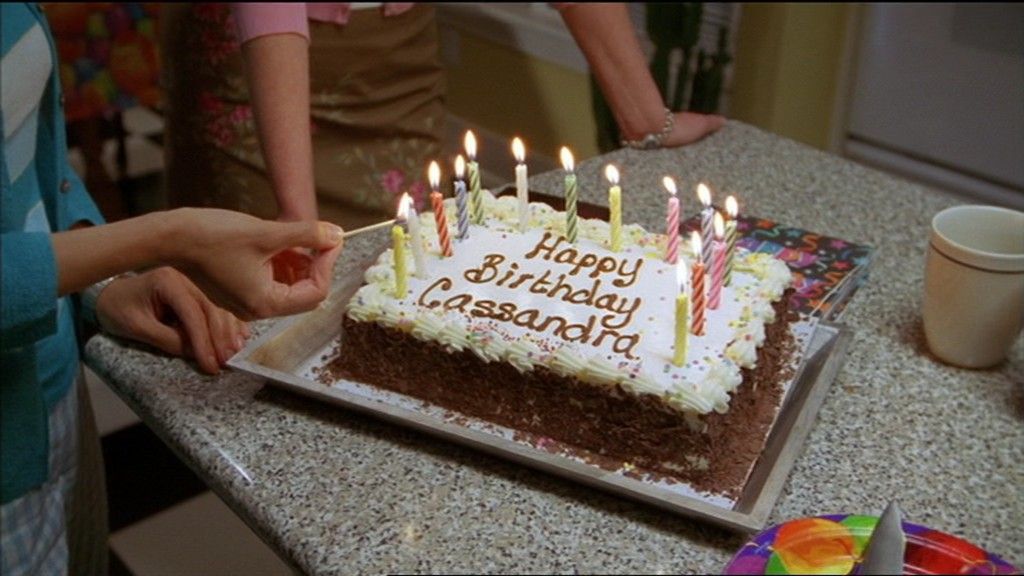
In the final scene, Carter will make light of the domestic drama, teasing Cassandra “that last kiss was impressive. Lights exploded overhead.” But at the moment the only thing to be done is to rush Cassandra to the Cheyenne Mountain infirmary. To collapse a great deal of plot into a few sentences, SG-1 pays a return visit to Cassandra’s home planet, PX-987—first seen in the Stargate SG-1 episode ‘Singularity’ (S1, Ep14)—where Daniel Jackson (Michael Shanks) discovers a secret lab belonging to the Goa’uld Nirrti (Jacqueline Samuda) and evidence of genetic experimentation on young women.
Meanwhile, back at the base, Cassandra is gradually succumbing to a mysterious illness and manifesting inexplicable telekinetic powers. When Nirrti is captured within the SGC by Jack, the stage is set for a life-or-death confrontation between the System Lord and Dr. Fraiser, with Cassandra’s survival hanging in the balance.
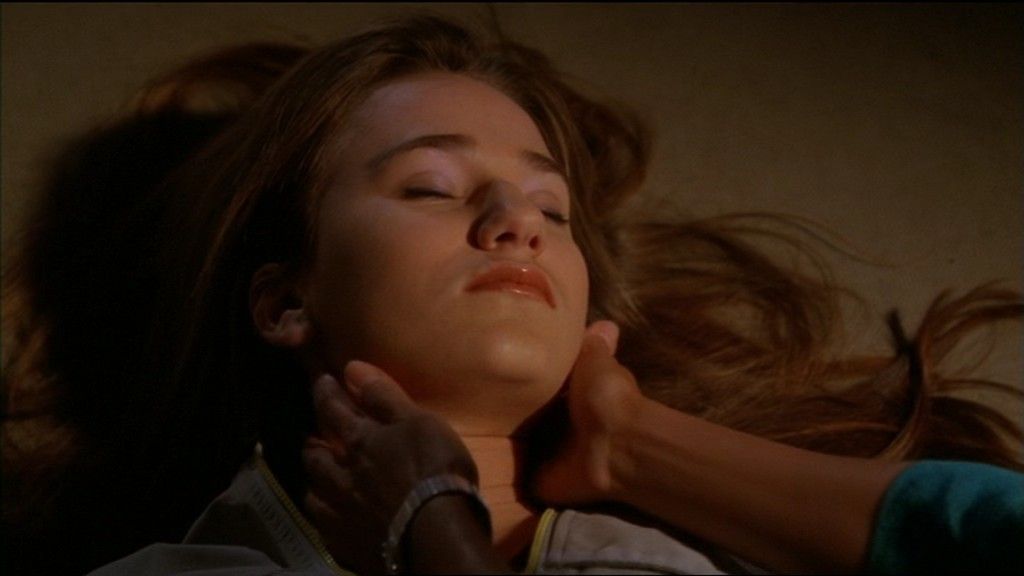
To deal with the obvious allegory right up front, the “rite of passage” Cassandra will endure is a metaphorical stand-in for coming of age. Unsurprisingly for a genre show, ‘Rite of Passage’ uses the medium of science fiction to depict the—to put it delicately—hormonal and physiological changes experienced by teenagers, albeit metaphorically. Like any misunderstood teen, Cassandra is apt to explode into such hyperbole as “You’re not my mother… You don’t know anything. You’re just keeping me here because you’re afraid.” And later, “You’re killing me!” – although it’s not an exaggeration in this context.
Samantha, ever patient, replies:
“I see you. And until your head starts spinning around, and even them, I will still see you.”
Cassandra doesn’t exactly hint at what’s really going on. “I know what’s happening,” she says grimly. “I’m changing … and there’s nothing you can do to stop it … It’s different now. I’m different now. I can do things … I want this to happen, Janet. I can feel a power inside of me. It’s only the beginning.” I am a pubescent teenager, hear me roar, to paraphrase Helen Reddy.
Inside the Fairy Tale Symbolism
Cassandra tells Dr. Fraiser that she must “go into the forest.” Now we all know from our childhood fairy tales that nothing good happens when you go “into the forest.” It’s where Little Red Riding Hood met the big, bad wolf, and Hansel and Gretel were captured by the cannibalistic witch. As Bruno Bettelheim puts it in The Uses of Enchantment (1976): “Fairy tales were derived from, or give symbolic expression to, initiation rites or other rites de passage—such as metaphoric death of an old, inadequate self in order to reborn on a higher plane of existence.”
Granted, Cassandra is facing physical death, not metaphorical. And being a candidate for Goa’uld implantation is hardly being reborn on a “higher plane,” albeit rebirth of an unwelcome sort, but you get the drift. Furthermore, the Jungian analysis holds that “the sylvan terrors that figure so prominently in children’s tales symbolize the perilous aspects of the unconscious: its tendency to devour or obscure reason.” And what is not Cassandra’s delirium, quoted above, but a case of the reason being obscured and devoured?
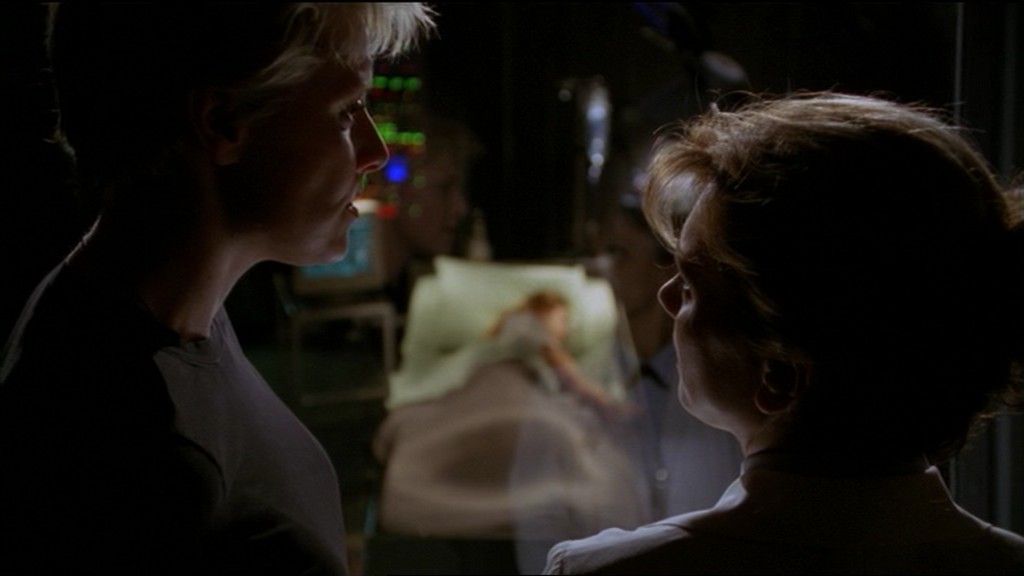
Bettelheim again: “Since ancient times the near-impenetrable forest in which we get lost has symbolized the dark, hidden, near-impenetrable world of our unconscious. If we have lost the framework which gave structure to our past life and must now find our way to become ourselves and have entered this wilderness with an as yet undeveloped personality when we succeed in finding our way out we shall emerge with much more highly developed humanity.” Which is what Cassandra does. (Credit to Ash’s writing, by the way, and Rennison’s playing of it that Cassie comes across as a regular, everyday teen.)
Journalist Justine Gaunt adds: “In many cultures, the forest is dedicated to god or ancestor worship. A place where offerings are made and initiation rituals to test the psychic realm undertaken.” This is precisely what is happening on PX-987, where the children are being sent into the woods to overcome “mind fever.” Not for the last time, we find that Stargate is about a great deal more than snakeheads and space travel.
Motherhood in ‘Rite of Passage’
In ‘Rite of Passage,’ we see Janet as rarely before, taxed beyond endurance by the mortal retrovirus consuming her daughter and rewriting her DNA. The high priestess of the Hippocratic oath, Dr. Fraiser had even defended arch-villain Apophis himself (Peter Williams) from undoubtedly brutal interrogation by the Air Force and was notable in her dissent when he was turned over to Sokar (David Palffy) in the Stargate SG-1 episode ‘Serpent’s Song’ (S2, Ep18). But she eventually thinks nothing of subduing a guard and pulling his pistol on Nirrti. (In real life this would surely be a court-martial offense, a question that the episode diplomatically begs.) Rothery makes Fraiser’s worn-to-the-marrow fatigue palpable as she paces up and down the corridors of the SGC, desperate for a solution.
She’s even rejected by her daughter, who starts coldly referring to her as “Janet” and “Dr. Fraiser,” despite Sam’s protests. Cassandra is—without knowing it—being torn between two polar-opposite mother figures, the nurturing Janet and the devouring Nirrti. Dr. Fraiser nearly meets her match in Nirrti, played by the “fiery and feisty” (says DeLuise) Samuda, arguably the coldest of the System Lords—and that’s going some. Once captured, Nirrti is given an enviable reveal. She is blocked from our view by General Hammond, and DeLuise’s camera snakes in and around Hammond’s left arm to disclose the hate-filled, hard planes of Nirrti’s face.
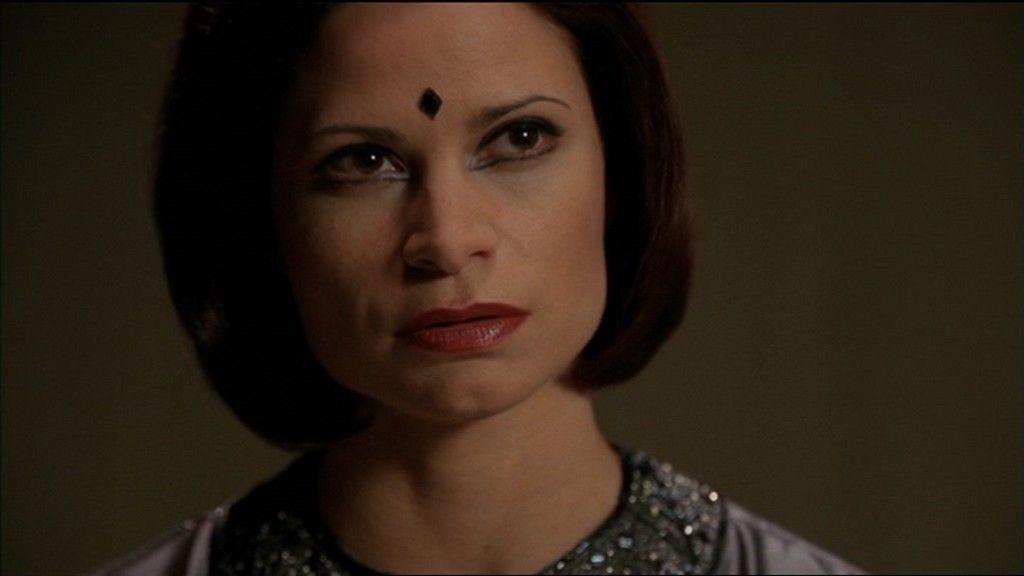
If Janet embodies some of the mythic powers of the fairy godmother, Nirrti is an inspired conflation of evil stepmother and wicked archetypes. Like the wicked stepmother of Snow White or the old witch of Rapunzel, Nirrti is driven to possess Cassandra’s youth and vitality. Nirrti covets Cassandra—or at least her DNA—in order to rear her own future host, a grotesque perversion of motherhood. (We assume Nirrti is a female Goa’uld, although the universe of Stargate is a very gender-fluid place.)






